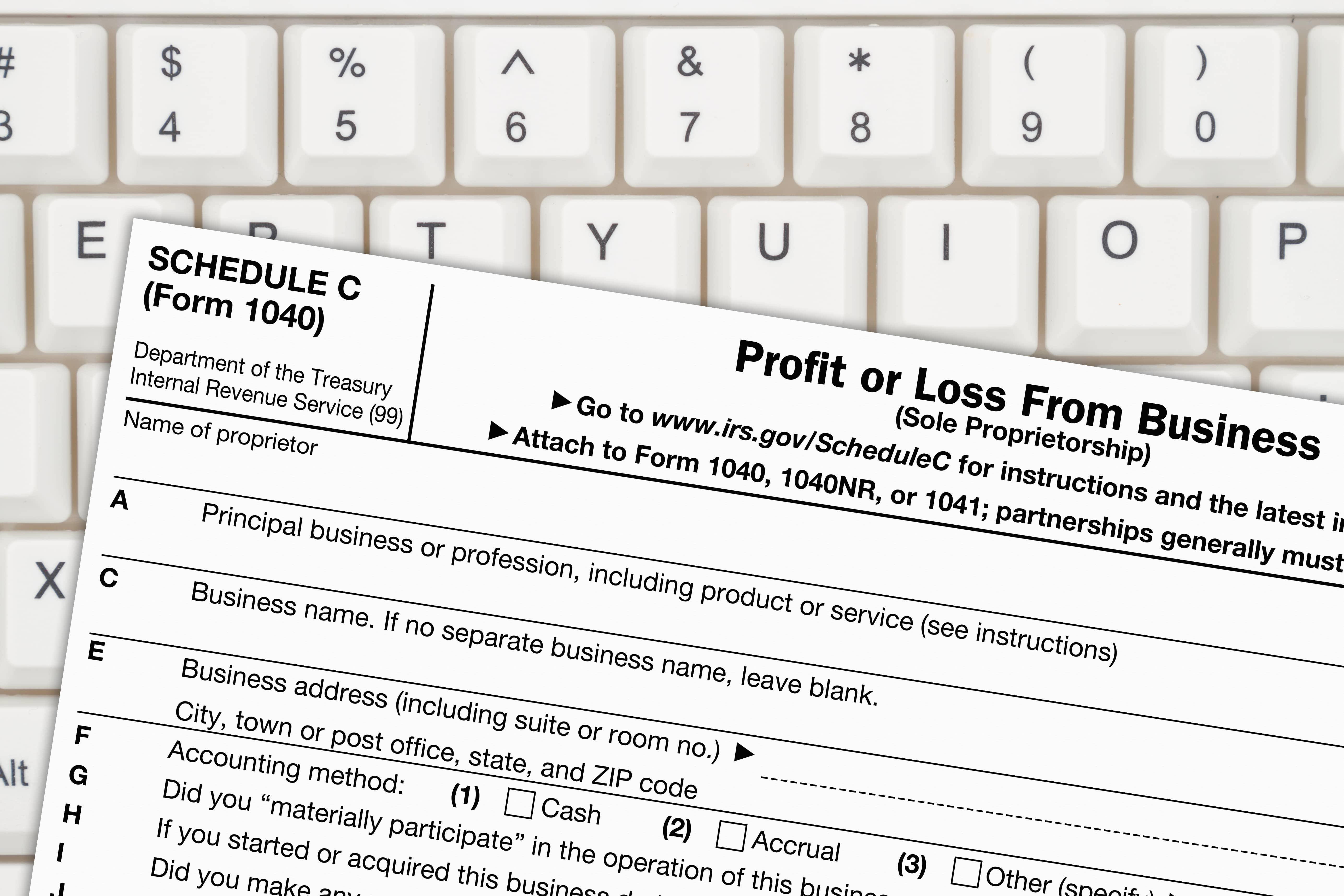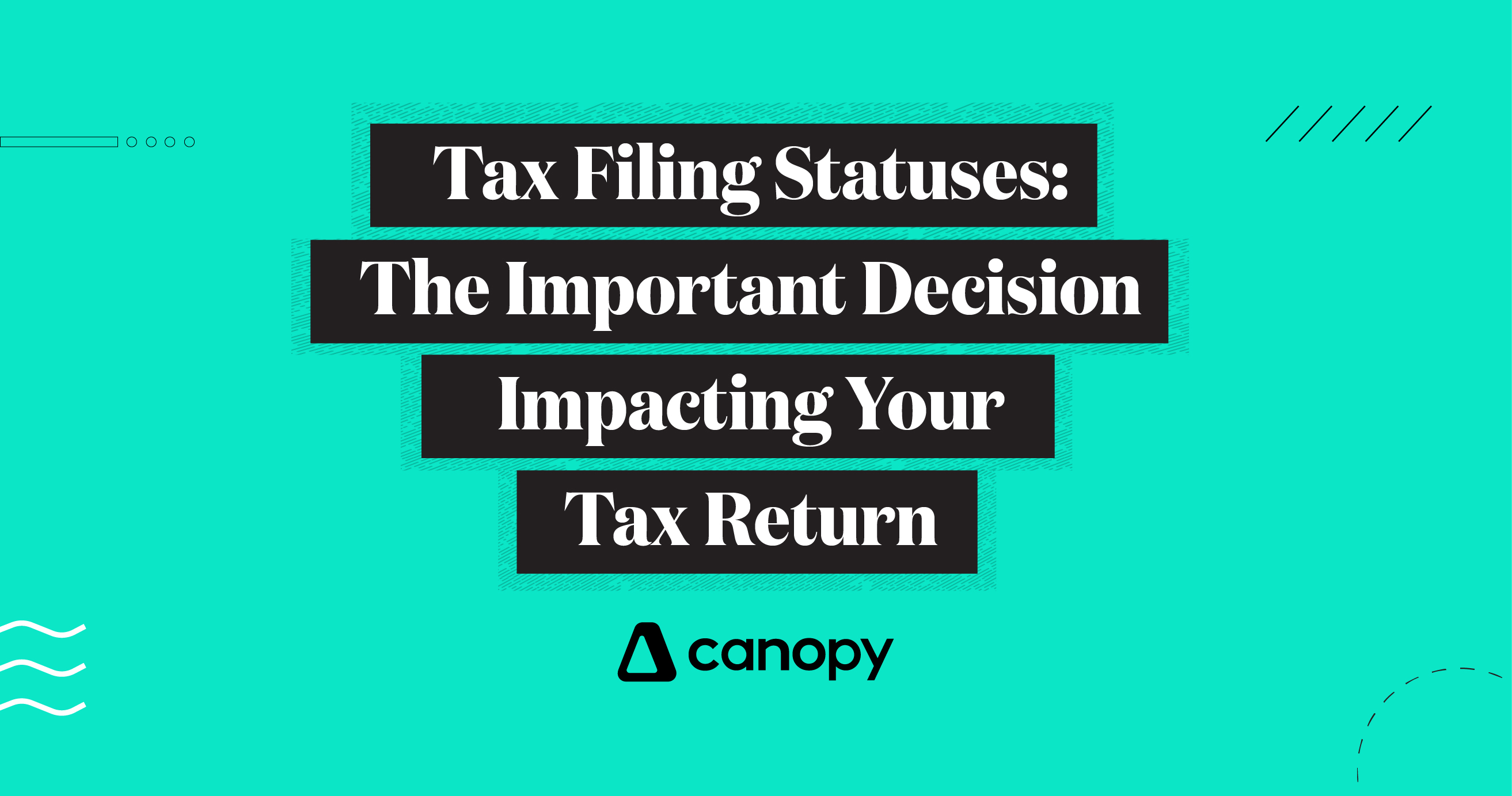Back in the day, the only type of rental we dealt with was a plain, old, ordinary rental property with year-long leases. But with the advent of apps that connect landlords with potential tenants, it seems that there are now endless opportunities for taxpayers to make some extra money by renting out real estate. And not only has residential rental activity become more common than ever before, but the different types of rentals are downright mind-boggling. Activities like Airbnb and HomeAway add even more complexity to our tax returns.
Schedule E (Form 1040), Supplemental Income and Loss, is a catch-all form for these many types of rental real estate activities. This might give tax preparers the illusion that all these different types of rentals are treated the same way on the tax return—but that’s not the case. The allowed deductions and methodologies of allocating deductions between personal and rental use differ dramatically from one type of rental to another.
Looking for more information on this topic? Well, you’re in luck. Canopy’s new CPE course examines the tax treatment of the many different types of residential rental activities that a 1040 practitioner can expect to bump into. We’ll utilize a helpful flow chart to differentiate principal residences from vacation homes and vacation rentals, learn what constitutes a personal use day for the taxpayer (you may be surprised), discuss depreciation as it applies to residential rentals and explain the differences between the IRS and Tax Court methodologies of allocating deductions.
We’ll also talk about niche topics such as self-rentals, not-for-profit rentals, employees renting office space to employers, and other variations on the theme.
Finally, we’ll review those rental activities that rise to the level of a trade or business, which should then be reported on Schedule C.
Take your real estate rental skills to a whole new level with this Canopy course on residential real estate taxation! Sign up for the course here.
Explore more courses in Canopy’s free CPE/CE library.









Get Our Latest Updates and News by Subscribing.
Join our email list for offers, and industry leading articles and content.